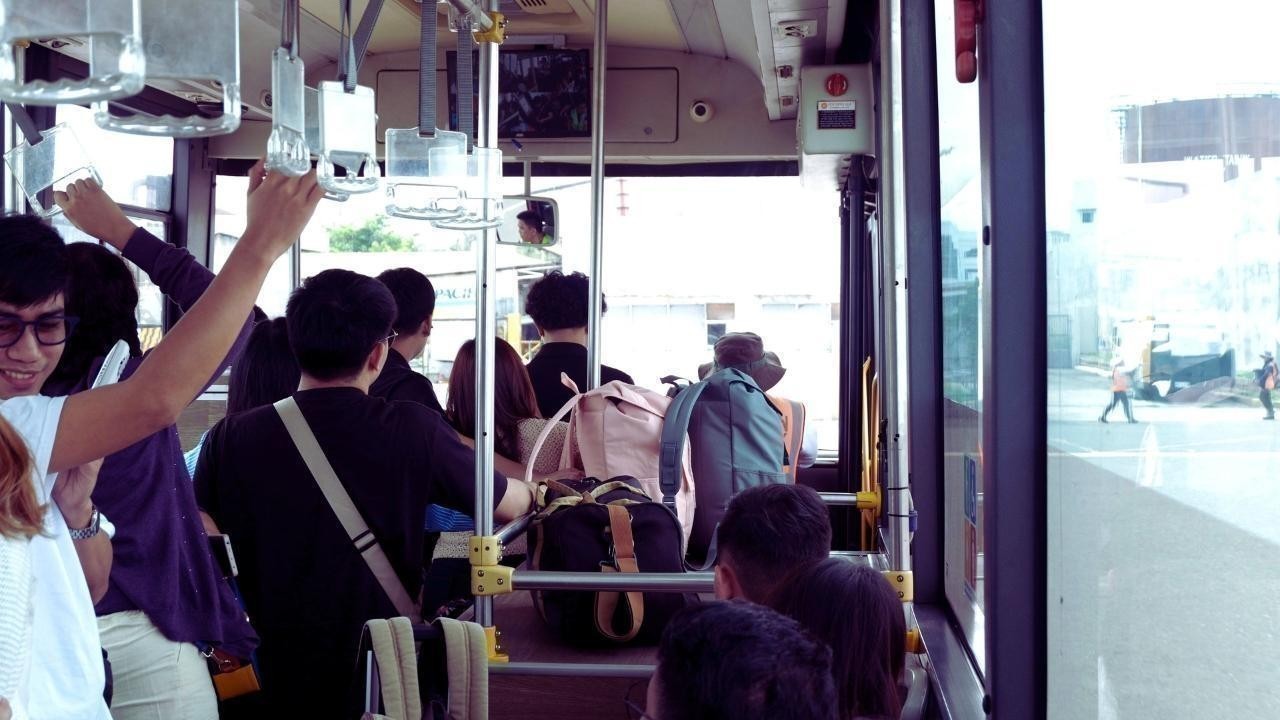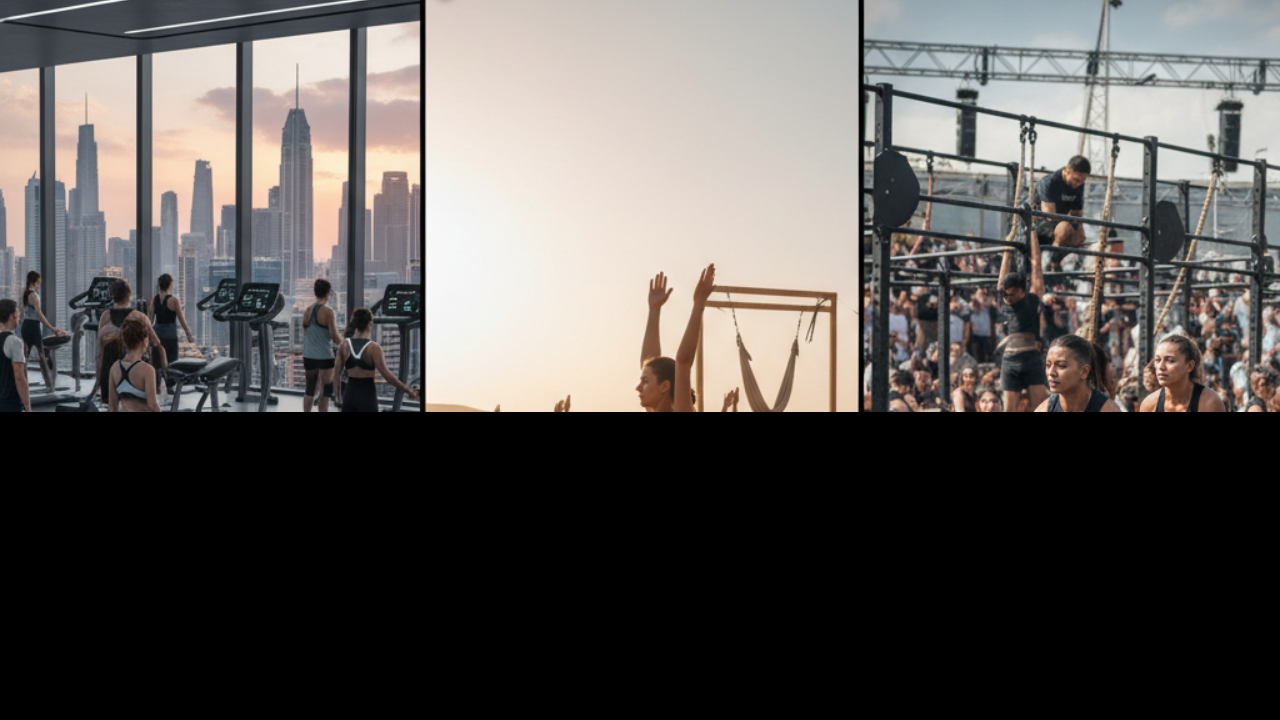
Post by : Anish
Across cities in North America, Europe, Asia, and beyond, people are increasingly sharing the same grim realization: commuting costs—including fuel, transit fares, ride-shares, and parking—can now surpass what they pay for a car loan. Families once budgeting comfortably for transportation are now rethinking everything—from lifestyle choices to where they live. For many, an old routine has become a wallet drain.
Fuel prices are at multi‑year highs. In 2025, average per‑liter petrol prices climbed 15–20% in major cities like London, Mumbai, Mexico City, and Johannesburg. Commuters logging 300–400 km monthly may now spend several hundred dollars per month, pushing transportation costs beyond typical car loan installments.
Public transit fares keep creeping up. From New York’s subway to Seoul’s buses, fares are rising to compensate for aging infrastructure. Cost-of-service hikes and subsidies cuts have pushed monthly passes upward, with many city dwellers now paying between $120–$250 USD monthly.
Ride-hailing isn’t cheap anymore. Services like Uber, Grab, or Didi, once affordable alternatives, now charge surge premiums, airport fees, and booking charges. Regular use—as part of commuting—can easily eat up budgets. In some cities, frequent Uber rides cost more per trip than a full monthly metro pass.
Hidden parking and toll charges add up. Urban resident fees, day parking rates, bridge tolls, and congestion charges mean that owning a car isn’t just about the loan—it’s about recurring costs many don’t anticipate.
When fuel prices jump, transit fares rise, parking spots vanish, and ride‑share apps gouge fares, an urban commute can become more expensive than a financed car covering similar miles.
She spends about 80 USD monthly on MRT and bus rides. But due to route changes, she now needs a Grab ride twice a week—adding another $60. Her monthly car installment of $130 via a mobility financing plan suddenly feels like the safer, predictable option.
Ahmed’s car payment is 3,500 EGP (~110 USD). Yet his daily commute involves fuel (800 EGP), tolls (200 EGP), and occasional rideshares—pushing total commuting cost to nearly 5,000 EGP. Despite protests over traffic congestion, he found transitioning to car ownership oddly more economical.
Paris offers subsidized transit, but fare hikes in 2025 raised her Navigo pass by 10 percent. When factoring in scooter shares, parking fees, and occasional Uber rides during night shifts, her transport budget has ballooned past her monthly auto loan payment of ~€220.
These stories aren’t anomalies—they reflect a growing global reality.
When commuting becomes more expensive than a car, workers start cutting corners. They skip errands, reduce social outings, or even turn down necessary overtime shifts to avoid rush-hour fares.
Affordable housing often means living farther out—adding long commutes. But commuting becomes increasingly unaffordable, creating a circular trap between housing costs and transport expenses.
Local businesses suffer when people can’t afford daily transport. Restaurants, cinemas, gyms, and small shops in business districts see less footfall, impacting urban vibrancy.
Extended commutes via packed transit or congested roads raise stress levels, reduce sleep, and limit leisure time. For those cutting corners on transit, risks—even safety risks—increase.
Cities and communities are creatively responding:
In Berlin, a “fare cap” ensures commuters never pay beyond a certain monthly threshold.
In Buenos Aires, dedicated low-income cards reduce transit fares up to 50%.
In Singapore, companies offer transit vouchers, subsidized passes, or remote‑work days.
In Toronto, employers partner with transit authorities to provide discounted passes to staff.
Spanish towns offer staggered or remote working to ease peak traffic.
In Kenya, matatu (shared vans) routes are being formalized into local commuting services—lowering per-person costs.
Cities like Bogotá and Lisbon subsidize scooter or bike share passes for daily commuters.
Some Parisian firms reimburse employees who use bicycles or electric scooters under climate incentive programs.
Reliable doubling scheme: If you drive with stable routes and few tolls or parking fees, car ownership might come out cheaper, predictable, and faster.
Limited transit access: In cities with weak public infrastructure or irregular service, cars still offer independence and time savings.
Mobility needs: Families with children, senior care responsibilities, or irregular shift work often find paid transit impractical.
Yet, owning a car brings its own burdens: maintenance costs, depreciation, insurance premiums, and occasional breakdowns.
Apps like Waze, Transit, Citymapper, or even manual tracking can help you compare your monthly transit costs against car expenses. Include hidden charges—parking, tolls, fees.
Mix modes—e.g. drive to a transit hub, local bus ride—but avoid costly ride‑hailing. Multi-modal commuting can cut costs while keeping flexibility.
Moving closer to work or exploring alternative job markets can save hours and dollars. Reverse commutes—toward secondary job centers—often offer cheaper transit and parking.
Local advocacy for fare caps, discounted passes, improved transit coverage, or shared mobility programs benefits many.
This shift isn’t about car ownership alone—it’s a seismic change in how cities function and how people budget daily. When commuting eclipses a car payment, it signals deeper structural issues: underfunded transit, price inflation, housing mismatch, and widening inequality.
More people are questioning the default assumption: owning a car is expensive and transit is cheap. The reality is reversing in many cases—and governments, employers, and citizens must adapt.
Transport economics have flipped in unexpected ways. For millions around the world, commuting is no longer efficient—it’s costly. As cities reconsider transit funding, employers experiment with flexible schedules, and individuals seek smarter routes, this global shift demands more than conversation. It needs policy, compassion, and innovation to ensure daily travel remains affordable and accessible.
The views and information presented in this article are intended for general knowledge and awareness. This content does not replace professional advice, diagnosis, or treatment. DXB News Network encourages readers to consult appropriate experts for individual guidance. Any actions taken based on this article are at the reader’s discretion.

Easy Healthcare Access in UAE Through Top Pharmacies & Apps
Explore the best pharmacies and health apps in UAE 2025. Get medications, book appointments, and acc

Navigating UAE Healthcare Costs: An Essential Financial Guide for Expats
Planning a move to the UAE? Learn to navigate the mandatory health insurance, private vs public hosp

Crucial Updates to Medical Fitness Tests for All New and Renewing UAE Residents
Planning your move to the UAE in 2025? Get the latest on mandatory medical fitness tests, required v

Finding Your Support: A 2025 Guide to Top Mental Health Therapists and Clinics in the UAE
Navigate mental wellness in the UAE for 2025. Discover highly-rated clinics, expert psychologists, a

The Ultimate UAE Heat Survival Guide: 10 Essential Hydration and Lifestyle Secrets
Master the UAE’s hot climate with these 10 proven, human-written hydration and lifestyle tips. Learn

Find Affordable Healthcare Options in Dubai & Sharjah Without Compromising Quality
Discover budget-friendly clinics in Dubai and Sharjah for expats. Get quality healthcare at affordab

Discover the Most Popular Fitness Trends Expats and Locals Are Following in UAE
Explore top fitness trends in UAE 2025 including gyms, yoga, CrossFit, and wellness activities. Stay

Effective Ways to Reduce Joint Pain and Stiffness This Winter
Learn simple ways to reduce joint pain and stiffness this winter with warmth exercises diet tips and

Facial Sculpting and Non Invasive Techniques Safe Beauty Trends for the Future
Explore facial sculpting and non invasive techniques shaping beauty care Safe affordable and natural

Body Positivity Embracing Self Love Confidence & True Beauty
Celebrate body positivity embrace self love reject false beauty ideals and discover confidence at ev

Skin Microbiome Secrets to Healthy and Balanced Skin
Explore the skin microbiome its role in skin health and simple ways to keep your skin balanced healt

Sarcopenia How Aging Steals Muscle and Ways to Stay Strong
Discover sarcopenia the silent muscle loss with age its signs causes and simple ways to stay strong

Cultural Appropriation vs Appreciation Respecting Global Traditions
Learn the difference between cultural appropriation and appreciation to respect traditions and celeb

Uniform and Rebellion How Personal Identity Thrives Within Rules
Explore how uniforms shape identity and spark subtle rebellion blending conformity with personal exp

The Unseen Labor Behind Fashion Inside the Secret Stitch
Discover the hidden world of fashion labor and the secret stitch behind every garment Honor the hand